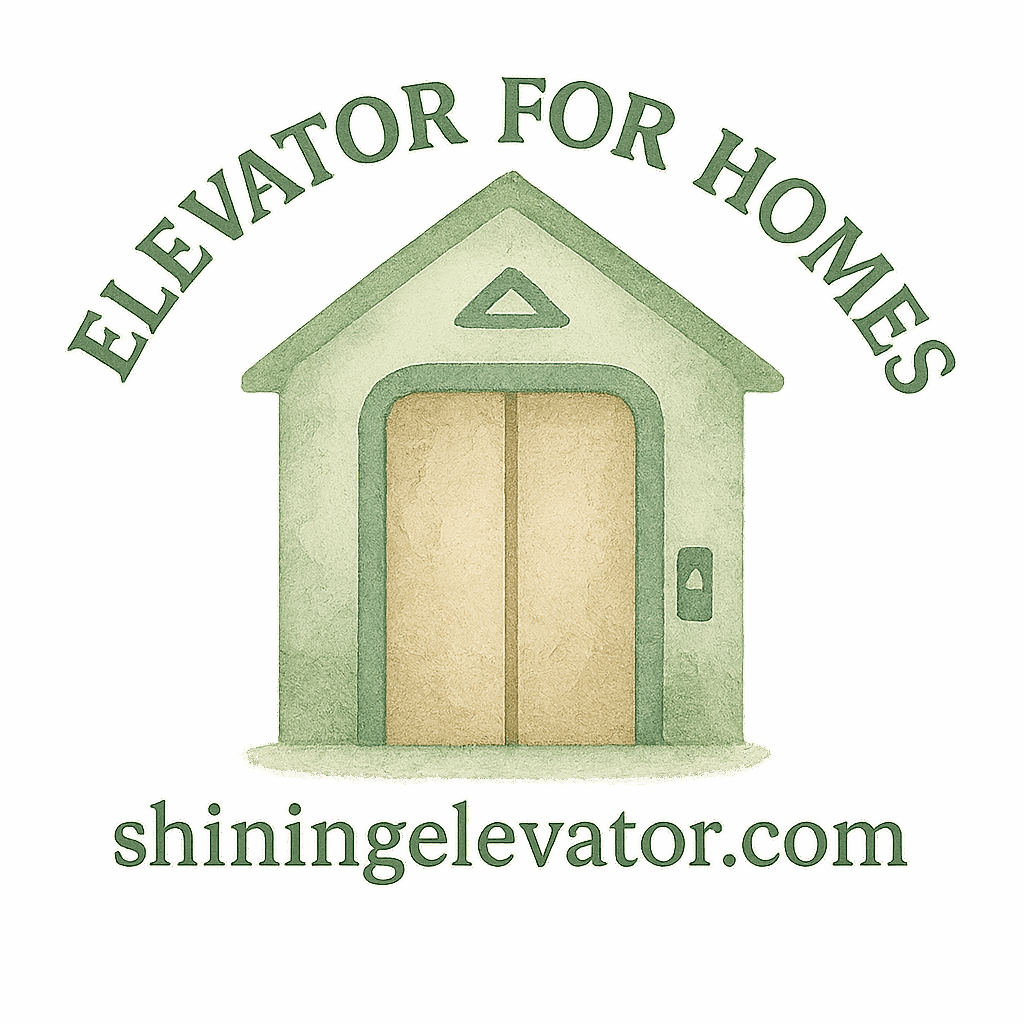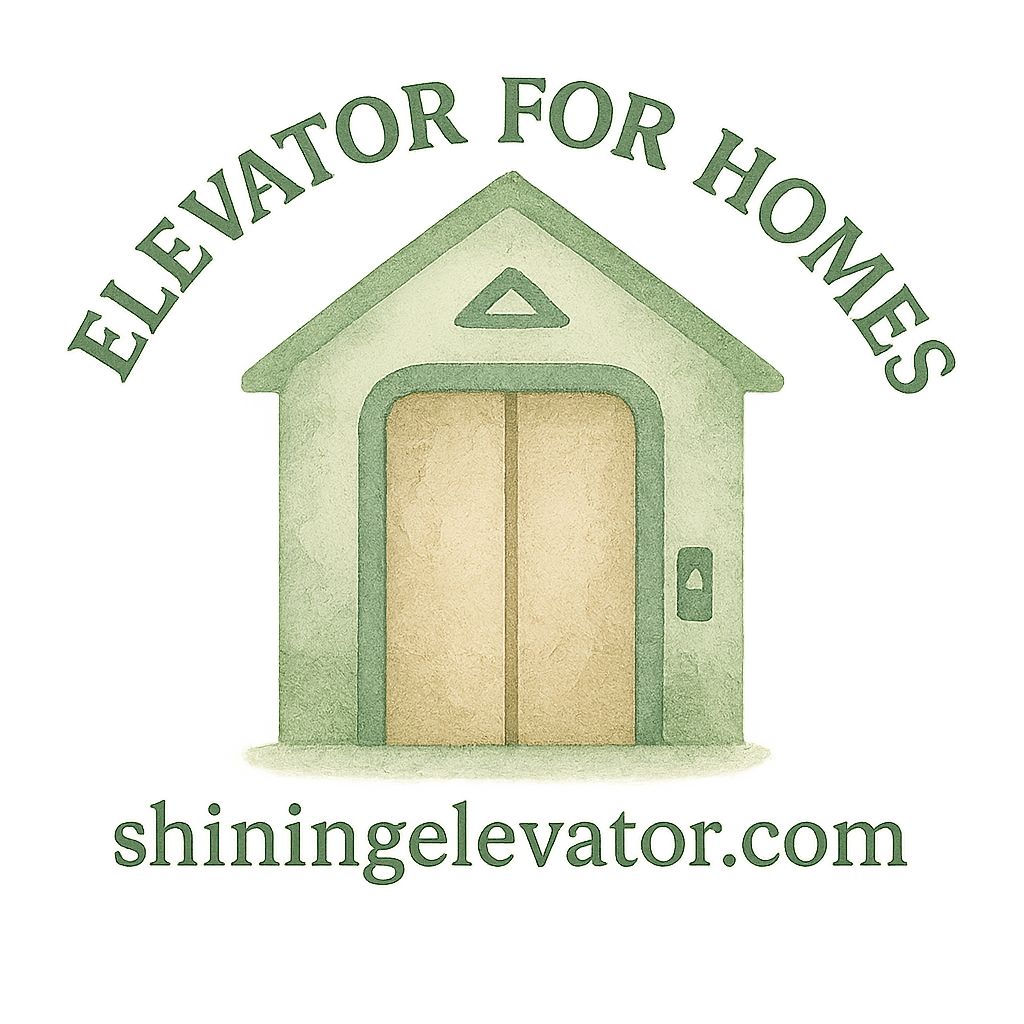Introduction
Planning for a residential elevator might sound straightforward—pick a model, set a budget, and get it installed. But in reality, homeowners often underestimate the complexity of elevator budgeting. Small miscalculations can snowball into hefty, unexpected costs. Whether you’re adding a residential elevator for luxury, accessibility, or aging in place, knowing the pitfalls of budget planning can save you from financial headaches down the line.
In this article, we’ll break down 11 costly mistakes people make when budgeting for a safe home elevator—and more importantly, how you can avoid them.
Why Budget Planning for a Residential Elevator Matters
Unlike regular home upgrades, an elevator involves installation, customization, safety compliance, and ongoing maintenance. It’s not just a one-time purchase; it’s an investment that impacts your home’s value, safety, and accessibility. Good planning ensures you don’t overspend or compromise on features that matter most.
Mistake #1: Ignoring Total Elevator Expenses
Hidden costs beyond installation
Many homeowners focus only on the upfront elevator installation cost. But there’s more—permits, structural modifications, and even local inspection fees can creep into your bill. Check out elevator expenses guides to understand the full picture.
Long-term financial commitments
Remember, owning an elevator comes with annual maintenance costs. Ignoring this is like buying a car but forgetting about fuel and servicing.
Mistake #2: Overlooking Safety and Accessibility Requirements
Meeting senior safety standards
If you’re planning for aging in place, safety should be non-negotiable. Features like emergency alarms, non-slip flooring, and handrails should be built into your budget.
Accessibility for all family members
A home elevator should serve every member of the household, including those with mobility challenges. Cutting corners here can turn your elevator into a daily frustration instead of a convenience.
Mistake #3: Choosing the Wrong Elevator Type
Compact elevators vs. luxury elevators
Choosing the wrong model is like buying an SUV when you needed a compact car. If you have limited space, a compact elevator or space-saving lift may be ideal.
Matching features with lifestyle
Browse elevator types & features before deciding. Do you need speed, silence, or luxury? Choosing wrong could mean overpaying or underperforming.

Mistake #4: Not Considering Design and Customization Costs
Interior design alignment
A sleek elevator should complement your home. But interior design integration often adds hidden costs if not budgeted early.
Custom finishes and luxury look
Want a luxury look with custom lighting and glass panels? Great—but these upgrades can balloon costs fast. Explore design customization options wisely.
Mistake #5: Underestimating Installation Rates
Factors affecting installation costs
Installation isn’t flat-rate—it depends on your home layout, elevator type, and modifications needed. Installation rates can vary significantly by provider.
Working with professional elevator providers
Always get quotes from multiple elevator companies. This ensures fair pricing and professional safety compliance.
Mistake #6: Skipping Proper Home Preparation
Space-saving lift options
Ignoring prep work often means paying more later. For smaller homes, small home elevators can be fitted with minimal changes.
Structural and electrical adjustments
From wiring to shaft construction, home preparation is essential. Budget for it from day one.
Mistake #7: Failing to Plan for Maintenance Budget
Regular servicing and inspections
A well-maintained elevator is a safe elevator. Budgeting for installation & maintenance is just as important as the purchase itself.
Cost-saving maintenance strategies
A clear maintenance budget helps avoid sudden repair bills. Preventive servicing is cheaper than emergency fixes.
Mistake #8: Ignoring Future Needs and Aging in Place
Planning for elderly family members
Budgeting without considering the needs of elderly relatives is short-sighted. Look into elevator for elderly solutions that prioritize comfort and safety.
Designing for long-term accessibility
Adding features now is cheaper than retrofitting later. Explore home accessibility ideas to future-proof your investment.
Mistake #9: Not Researching Elevator Companies
Comparing elevator providers
Not all providers are equal. A quick search for elevator providers can reveal big differences in service and pricing.
Evaluating warranties and customer support
Don’t just buy the elevator—buy peace of mind. Reliable elevator installation companies offer strong warranties and ongoing support.
Mistake #10: Misjudging Elevator Customization Options
Balancing aesthetics with budget
Many homeowners overspend on customization. While elevator customization enhances aesthetics, set limits to avoid draining your budget.
Smart customization without overspending
Choose upgrades that boost both function and style. Think efficiency lighting rather than gold-plated buttons.
Mistake #11: Forgetting to Include Emergency Expenses
Backup power systems
Elevators need power security. Failing to budget for a backup system is risky, especially in storm-prone areas.
Unexpected repair costs
Even with great planning, unexpected repairs happen. A little set-aside emergency fund saves big stress later.
How to Create a Safe and Realistic Elevator Budget
Step-by-step elevator budgeting process
- Research elevator options and decide what fits your home.
- Calculate base costs + installation + home planning.
- Add safety and accessibility features.
- Factor in maintenance, customization, and emergency reserves.
Resources for smart planning
Use guides like budgeting & planning to map out the process and avoid pitfalls.
Conclusion
Budgeting for a residential elevator is more than crunching numbers—it’s about planning for safety, design, long-term maintenance, and future needs. By avoiding these 11 costly mistakes, you’ll create a safer, smarter, and stress-free elevator experience for your home.
FAQs
1. How much should I budget for a residential elevator?
It depends on the type, customization, and installation requirements. Expect anywhere between $20,000–$50,000 for a complete project.
2. Do I need permits for a home elevator?
Yes, most local authorities require permits and safety inspections.
3. Can I install a residential elevator in a small home?
Absolutely. Small home elevators and space-saving designs make it possible.
4. How often should I service my elevator?
At least once or twice a year for safety and performance.
5. Is customization worth the cost?
Yes, if it aligns with your design goals—but avoid overspending on purely cosmetic upgrades.
6. What elevator type is best for elderly family members?
A smooth, quiet residential lift with accessibility features is ideal.
7. How do I choose the right elevator company?
Research elevator providers, compare pricing, warranties, and reviews before committing.


